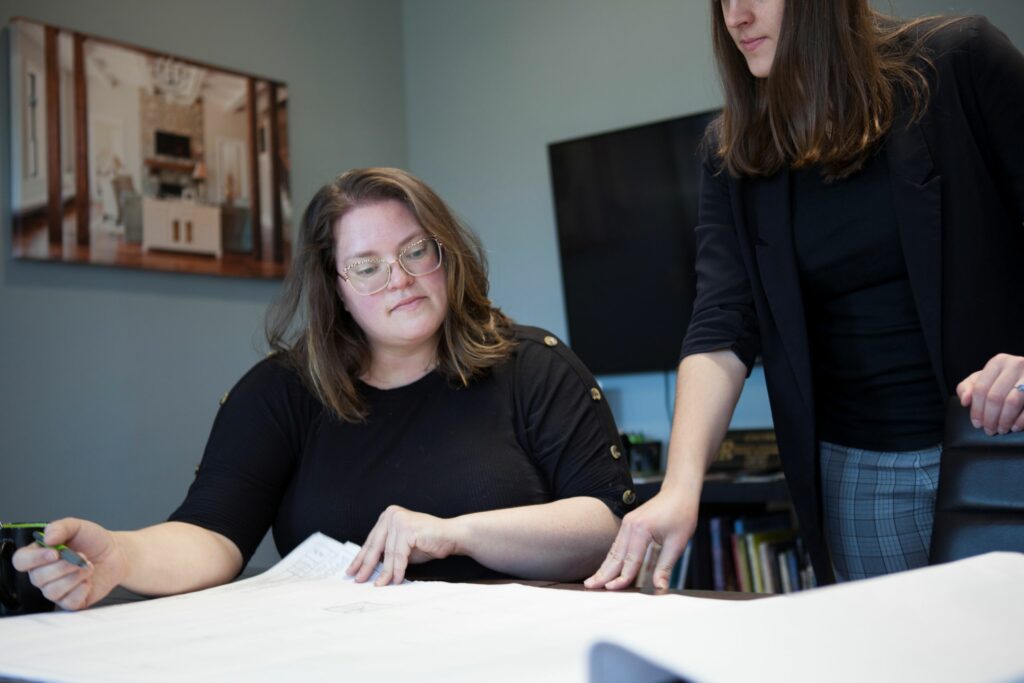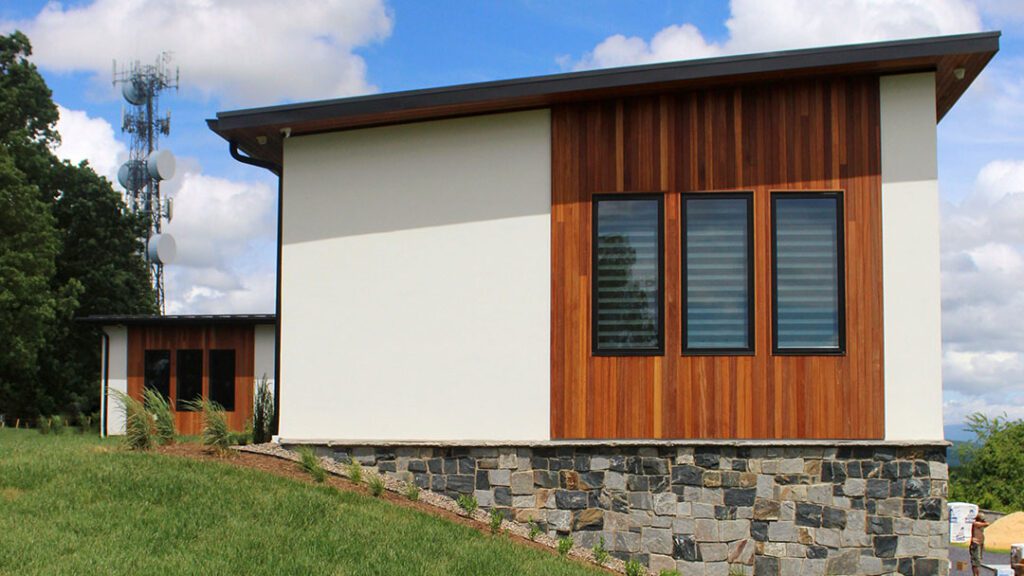One of the key characteristics of a good designer is someone who listens well. I was speaking with one of our teammates about how to articulate this skill to others, and I used the phrase “Listen to Hear”. This started a conversation about listening / hearing / comprehending.

Listen to hear, not to respond.
This idea is one that I picked up from 7 Habits of Highly Effective People – we have to listen to hear, not listen to respond. The natural tendency is to listen to respond, and when you do that, your agenda will impact what you are taking from your clients. At the same time, as a design professional with years of experience, I am being hired to use my knowledge to take the goals of a project and translate that into the dream. Even if the client doesn’t know the magic work triangle for a kitchen, we know it and automatically use it in our projects. Even if the client doesn’t know the magic ratio for a comfortable stair in their dream home, we know it and automatically use it in our projects. However, we cannot know the exact ways our clients want to live in their dream home on their dream property without listening without filtering that through our preconceived ideas.

Some of the tips we use to listen better are:
1. Stop thinking about how you will respond to something said – slow down, process what is being said, write it down, and then ask more questions.
2. Listen intently and be interested in body language, words used, who is saying it, and how the others you are designing for are responding to the language being used.
3. Be a reporter – ask questions, and more questions, and more questions.
4. Watch their body language, let them stray in the conversation, go down a story trail, explain the why so that you understand the design goal and what is behind it.
5. Avoid judgement. If you need to offer a best practice, explain why the request sparked that comment and let the dreamer tell you why they want what they want. It will almost always lead to something that works with best practices and fits their goals and dreams.
6. Process the ideas, goals, and dreams, from all parties involved in the new project, equally so that you can develop the best possible solution for that particular project.
While “listening to hear” is a bit of a confusing phrase, the reality is that you engage all of your senses and absorb the why in what is being said in order to design the best possible solution.




